A single producing area with coffee beans, Costa Rica, Milasu, Panama, butterflies, rose summer.
Speaking of blending coffee beans, perhaps many people think that it is a blend from different producing areas, but this bean has a stable flavor, this kind of blending beans are generally used to make espresso coffee. In fact, with regard to blending coffee beans, there is actually a kind of coffee beans called single-origin blending, which is a blend of different varieties of coffee beans grown in the same producing area. Next, the front street coffee to say, what is a single production area of coffee beans, such a mix is a single coffee beans?
The history of Costa Rica and Panama
Rose was discovered in 1931 in the Rose Forest of Ethiopia and later sent to the Coffee Institute in Kenya, introduced to Uganda and Tanzania in 1936 and Costa Rica in 1953.
Panama's famous summer rose is actually from Costa Rica. In the 1930s, summer rose seeds spread from Ethiopia and eventually to Tanzania. In 1953, Costa Rican research institute CATIE obtained some rose seeds from Tanzania for research. In 1963 Don Pachi Serracin introduced the rosewood coffee species from Costa Rica to Panama, where farmers were reluctant to plant because of low yields, which directly affected harvests. Until Daniel Peterson, owner of Panama La Esmeralda Estate, accidentally discovered that the coffee beans produced by the geisha coffee tree, which was originally used as a windbreak forest at the top of his coffee estate, had the unique citrus and flower fragrance of African beans. He separated his coffee beans and participated in the 2004 Panama Coffee Bean Cup Test Competition and became a hit. Rose Summer Bean has been unstoppable since then, winning the Panama Coffee Cup Test for many years. In today's world of fine coffee lovers eyes, rose summer coffee beans are undoubtedly the supreme treasure.
Panama flower butterfly rose summer mix
A few years ago, the name of Flower Butterfly was Cupid. It said that it had 30% g. After selling for two years, it adjusted the proportion to 50% first and then adjusted to 70%. It was renamed Flower Butterfly. It should not be so much. Speaking of which, some people may ask: Is the flower butterfly a match bean? According to the information obtained from the review of Qianjie Coffee, due to the historical reasons of the estate, in order to pursue the yield at that time, the early rose summer varieties were mixed with the coffee trees of Kadura and Kaduai. In order to facilitate the picking, the coffee farmers later subdivided the three varieties, and then directly mixed the three varieties at the time of export to achieve the mellow flavor they wanted to express. The three varieties in Flower Butterfly are all from the same origin and the same producing area, so it belongs to single bean. For example, Ethiopia's beans are not a single variety. The difference is that Ethiopia is naturally harvested and matched, while flower butterflies are artificially matched later.
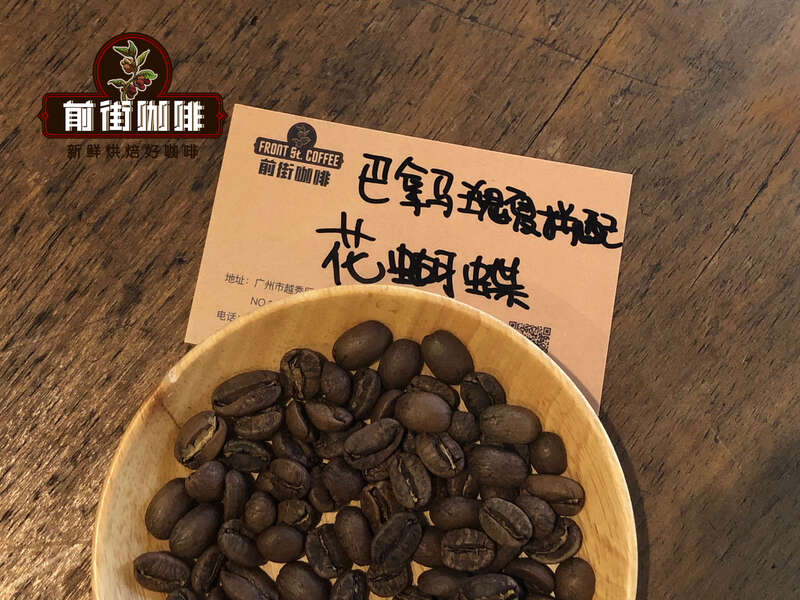
Region: Panama Poquet
Altitude: 1600m
Treatment method: washing treatment
Breeds: Guixia, Kadura, Kaduai
Costa Rica Milasu Estate Rose Summer Mix
Similarly, the Rosedale blend from Costa Rica's Mirazu Estate is a blend of Rosedale, ET47, SL28 and MAICO, all grown on the same estate and blended with single-origin coffee beans. It is worth mentioning the varieties ET47 and SL28. ET47 is a native species from Ethiopia. In the 1990s, the Costa Rican Coffee Institute introduced many of the trees as research trees for leaf rust control and sent them to farmers in the Tarazhu region for cultivation. SL28 was bred to produce large quantities of coffee beans with high quality and resistance to diseases and pests, while in some regions, the breeding objectives were mainly high yield and disease resistance, and disease resistance was not considered. Thanks to the bourbon gene, SL28 later produced less than expected, but the copper-leaf color and broad bean-like beans had great sweetness, balance and complex flavors, as well as significant citrus and dark plum characteristics.
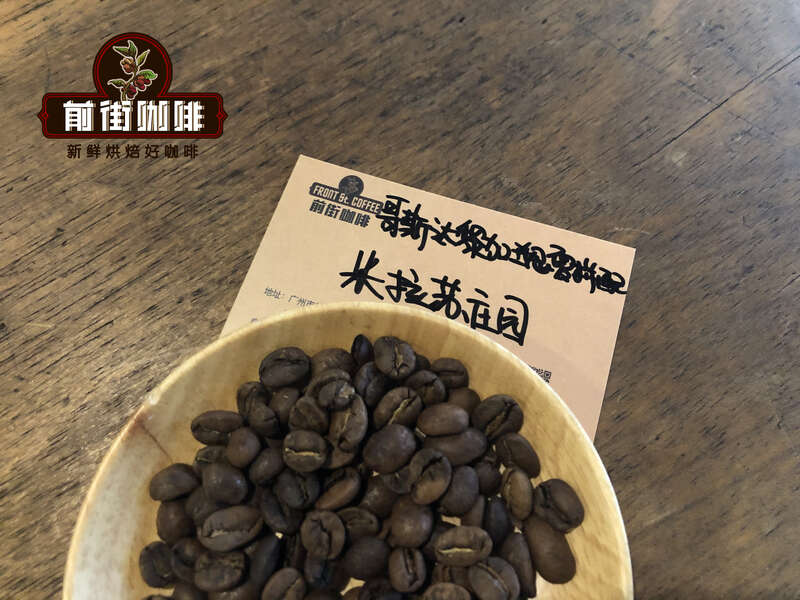
Origin: Costa Rica Tara Pearl
Manor: Mirasu Manor
Altitude: 1700m
Processing method: raisin rice outlet
Varieties: Guixia, ET47, SL28, MACIO
Coffee Bean Processing
Panama flower butterfly adopts washing treatment method, put the screened coffee cherries into peeling machine, preliminarily remove their peel and pulp; Put the coffee beans with residual pulp pectin into water and let them ferment for about 24 hours; After fermentation, put the coffee beans with parchment paper into a flowing water tank for washing to remove their pulp and pectin; After washing, air the coffee beans or dry the coffee beans with the help of a dryer to reduce the moisture content to about 12%. Finally remove the parchment from the green coffee beans. Washing treatment can make rose and summer flower butterfly have brighter acid and highlight the floral characteristics of rose and summer coffee beans.
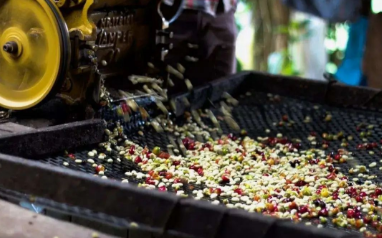
Milasu rose summer blending is the use of raisin honey treatment, retention of 100% pectin and zero water treatment method. The difficulty of honey processing method is improved, which requires strict control of time. On the day of harvest, the harvested coffee berries are poured into a large tank, and the ripe and full fruits sink to the bottom; the immature or overripe fruits float to the surface, and these floating beans need to be removed. The sifted coffee cherries are allowed to dry on an elevated bed for at least three days, then the berry skins are removed and the pectin retained before drying. At this stage, climatic factors are key to successful honey treatment. During the drying process, keep turning the coffee fruits to make them dry evenly, but control the frequency of turning. Dry slowly to ensure that the coffee has fermentation treatment, but not too slowly to cause excessive fermentation. Raisin treatment adds sweetness to the beans.
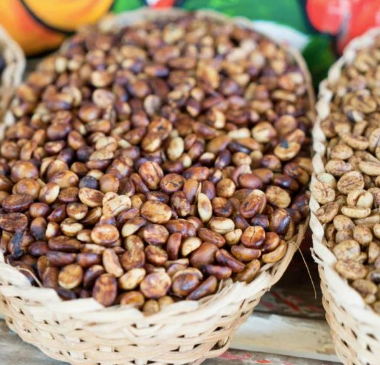
brewing contrast
Front Street Coffee is brewing two rose summer blends using a V60 filter cup. V60 conical filter cup mouth is relatively large, coupled with its unique spiral curve ribs, so that air is easier to be expelled to improve the quality of extraction. The taste may not be thick enough, but its high concentration brings out the sourness and obvious aroma is one of its characteristics.
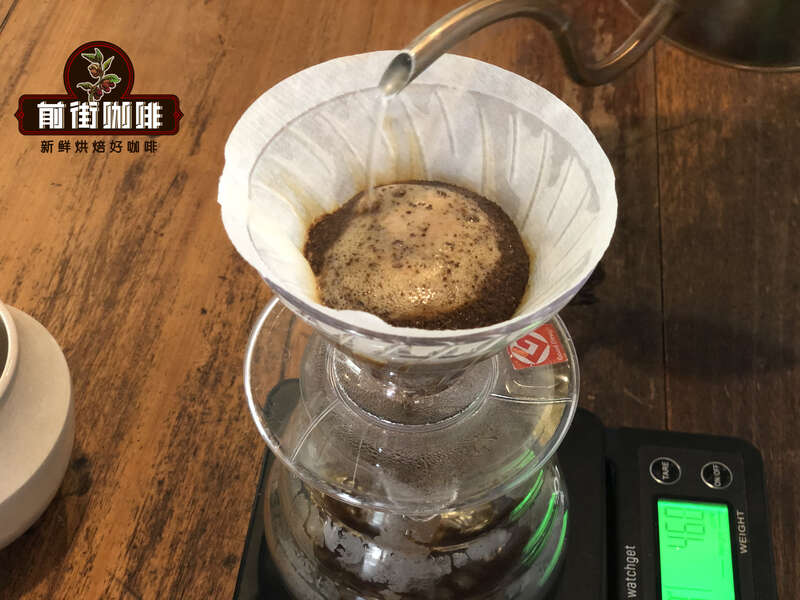
Front Street Brewing Parameters
Water temperature: 90-91 degrees
Grinding degree: BG #6m (fine sugar size)
Powder water ratio: 1:15
Front Street Cooking Method: In the first stage, inject 30g of water for 30 seconds, then inject 95g (electronic scale shows about 125g), about 1 minute to complete injection, when the water level drops to 2/3 of the powder layer, inject the remaining 100g (electronic scale shows about 225g), about 1 minute 40 seconds to complete injection. 1 '55 "~2' 00" Drip filtration completed, remove the filter cup, complete extraction.
Butterflies Brew Flavor: Floral, black tea, berry, citrus, slightly nutty finish, smooth taste, low bitterness, moderate acidity, medium finish.
Milasu brewing flavor: Jasmine fragrance, soft fruit acid, almond aftertaste, sweet feeling obvious.
Important Notice :
前街咖啡 FrontStreet Coffee has moved to new addredd:
FrontStreet Coffee Address: 315,Donghua East Road,GuangZhou
Tel:020 38364473
- Prev
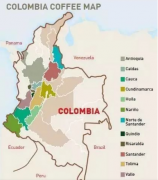
Colombian coffee taste Colombian coffee flower moon night coffee rose valley coffee brewing flavor
Colombian coffee is a representative and excellent variety of Arabica coffee, and it is also a traditional deep-roasted coffee with a strong and memorable taste. Its aroma is rich and thick, with clear high-quality acidity, high balance, sometimes nutty, lingering aftertaste, both in terms of appearance and quality, Colombian coffee is the best. Mention of Columby
- Next
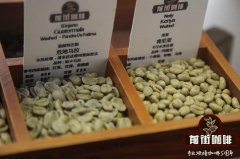
How can roasted coffee beans be preserved to avoid stale? How many degrees should coffee beans be stored?
Although high-quality baked beans are important, how to improve the preservation of beans is a key problem. Coffee is also a kind of food, so it should be well preserved to make sure it is stable and will not go bad. Although South Korea legally stipulates that coffee beans are valid for one year, in fact, the preservation of beans is related to the period of gas loss in coffee beans. Generally speaking, it is baked by a bigger bean dryer.
Related
- Beginners will see the "Coffee pull flower" guide!
- What is the difference between ice blog purified milk and ordinary milk coffee?
- Why is the Philippines the largest producer of crops in Liberia?
- For coffee extraction, should the fine powder be retained?
- How does extracted espresso fill pressed powder? How much strength does it take to press the powder?
- How to make jasmine cold extract coffee? Is the jasmine + latte good?
- Will this little toy really make the coffee taste better? How does Lily Drip affect coffee extraction?
- Will the action of slapping the filter cup also affect coffee extraction?
- What's the difference between powder-to-water ratio and powder-to-liquid ratio?
- What is the Ethiopian local species? What does it have to do with Heirloom native species?

